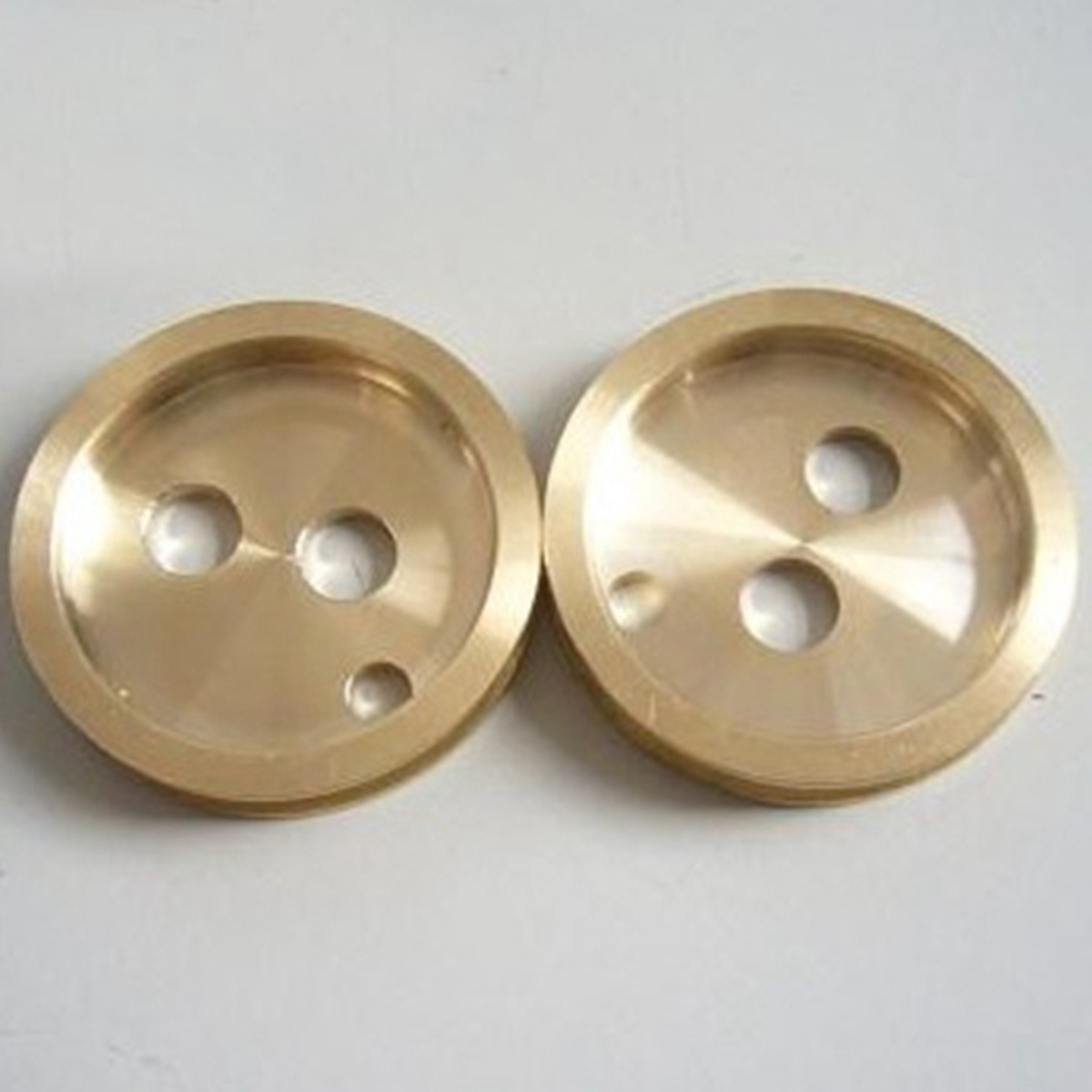
The working principles of a metal 3D printing method depend on the material used, whether that be a powder, filament, or wire. Out of these three options, printing with powder is the most common method.
With powdered metal 3D printing, the metal powder for the first layer is spread out by the powder coater, or recoater, on the floor of the build platform. A high-powered laser or electron beam is then used to selectively bind together the material as it scans the powder. This creates one solid layer of the object. The platform is then displaced downwards by 50-200 microns while another even layer of metallic powder is distributed over the previous layer and the process is repeated.
Metal wires, on the other hand, are the most affordable raw material form for metal 3D printing. The wire is melted with a plasma arc, laser, or electron beam. Direct Energy Deposition (DED) is an example of a 3D printing method that uses metal wires to produce parts. It is primarily used for repairs or for adding features to existing metal parts.
Metal filaments are just thin plastic wires impregnated with metal particles. This raw material choice makes sense when using Fused Deposition Modeling (FDM) printers. FDM works by extruding the heated filament through a nozzle onto the build platform to create a part. After printing, the part is placed on a debinding station to melt the plastic away using a solvent and then sent to a sintering furnace to fuse the metal particles together into a solid metal piece.





